The north and the south blend, and the river rushes. There is a river that spans thousands of years …
[Editor’s note]
The charm of Jiangsu is inseparable from the long canal. The Beijing-Hangzhou Grand Canal connects 11 cities in Jiangsu, and 60% of the population lives along the river, so that the vast land and countless people can be nourished and multiplied, and towns have risen and prospered. In order to actively guide the new consumption mode of cultural tourism in Jiangsu Grand Canal Cultural Belt and promote the high-quality development of Jiangsu cultural tourism industry, the Provincial Cultural Tourism Department and the Provincial Radio and Television General Station jointly produced the all-media cultural tourism program "Travel All over Jiangsu". The program group traveled all over the province’s scenic spots and historical sites, found folk artists and craftsmen, visited experts and scholars in literature and history, and explored the moving stories behind the scenery, so that everyone "had the impulse to travel and was moved by culture" and led the audience to discover the unprecedented "Fun Jiangsu".
The program has been broadcast on Jiangsu Public News Channel since April 18th. The first broadcast time is from 20: 30 to 21: 00 every Thursday, and the second broadcast time is from 8: 50 to 9: 20 every Tuesday and Saturday.
He Qing Hai Yan, Huai Shui An Lan. Huai ‘an is located in the north-central part of Jiangsu Province, in the east of Jianghuai Plain. Historically, Huai ‘an, together with Suzhou, Hangzhou and Yangzhou, is also known as the "Four Metropolis" along the Canal and has the reputation of "China Canal Capital".Four waters, the Beijing-Hangzhou Grand Canal, the Li Canal, the Ancient Huaihe River and the Yanhe River, pass through Huai ‘an city, which can be said to be a city bred by rivers. As a famous historical and cultural city, Huai ‘an’s prosperity and development can’t be separated from the inside story of boiled water culture. Today, let’s follow Xiaobian and follow the historical footprint of Huai ‘an along the river.
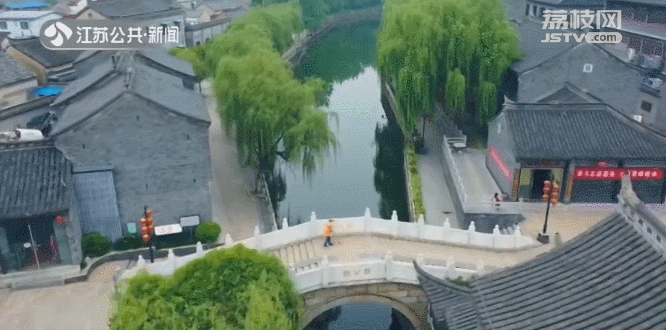
The first stop: Stone Road under the River in the Millennium Ancient Town, looking for the prosperity of the past.
Hexia ancient town already hastwo thousand and five hundredWith many years of history, most of the buildings here retain the original appearance of the Ming and Qing Dynasties. At its peak.“Yangzhou has a prosperous scene for thousands of years and moved to the mouth of the West Lake."The reputation is to describe that the ancient town of Hexia at that time was not inferior to the prosperous scenery of Yangzhou. The Qing Dynasty sent special salt transporters here, which were produced in various coastal areas.All Huai salt was transported from the ancient town of Hexia to other places..

Today, when we walk on the stone road, we can vaguely feel the prosperity of that year. There are two most prosperous and distinctive streets and lanes in the ancient town.
One is calledGuyi StreetIt was the place where big families pawned their clothes. If today, it may be a hot second-hand antique shop for young people!
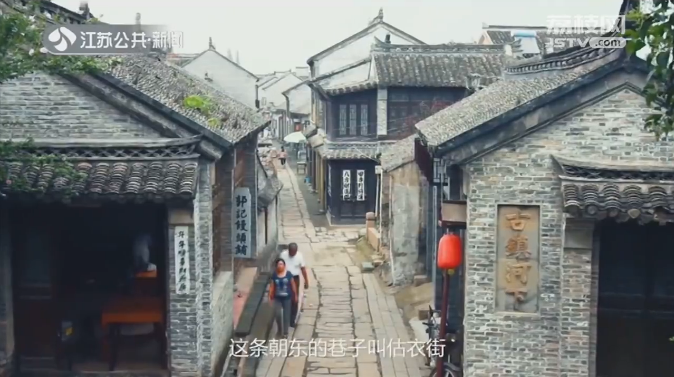
Another street is calledHuzui avenue, from now on.1000For years. How did these stone roads come from in the ancient town? It is said that Huai ‘an was the traffic artery of the ancient town in those days, and many ships could not bring private goods back after transporting materials, and the wind and waves along the canal were relatively heavy, so the boatmen found stone from the local area to press the boat, and the stone that pressed the boat was brought back to make a stone road.
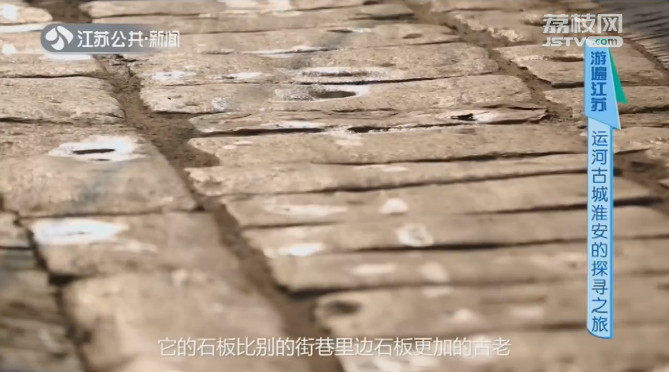
In the Ming and Qing Dynasties, the ancient town of Hexia was a salt distribution center and a supporting processing base for canal tanker parts. asThe transportation center of South Ship and North MalaysiaBusinessmen and people gather under the river.Be at the center of North-South communication.. At the peak, there is a stone road.seventy-twoThere are many articles.

Bread is the staff of life. In a thousand-year-old town, there are inevitably characteristic snacks with a long history. The most representative feature of Hexia ancient town isQin gong rou yuan he yue Jia cha GuoLa.
Qin gong rou yuan

The biggest feature of Qingong meatballs is that they are hammered by hand, with continuous meridians and crisp taste, which is a century-old delicacy hammered out by iron bars. Emperor Qianlong was full of praise for it!
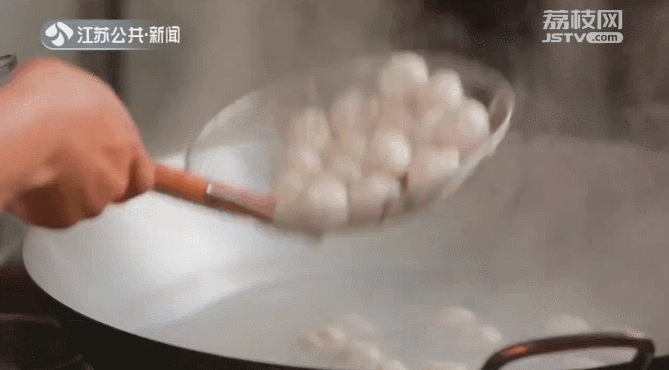
Yue Jia cha Xiang
Yue Jia cha Xiang you200It’s many years old, 1930He won the World Silver Medal at Panama Expo in 2000. It is also the most special representative of Huai ‘an snacks. The fragrant and oily tea cup, Xiaobian is really drooling!
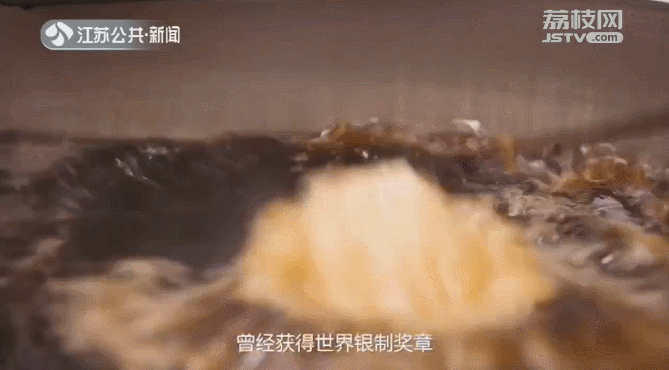
Wenlou is the most famous century-old shop in the ancient town.Although it is called Wenlou, it is a real one.restaurant.
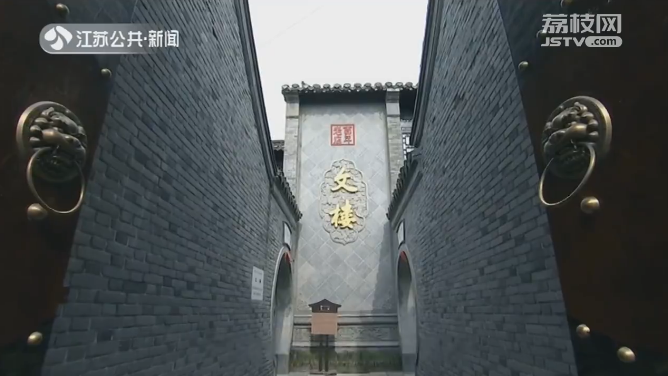
According to legend, when Emperor Qianlong visited the south through the river, he was casually said by a village girl, "Little Sister goes up the river and sits facing south to eat.""Part I stumped, so I gave the building the name.“Wenlou". Anyone who comes to visit the ancient town should make an alliance with this pair through the ages to see who has the best literary talent. How’s it going? The cultural heritage of the Millennium ancient town deserves its reputation, doesn’t it?
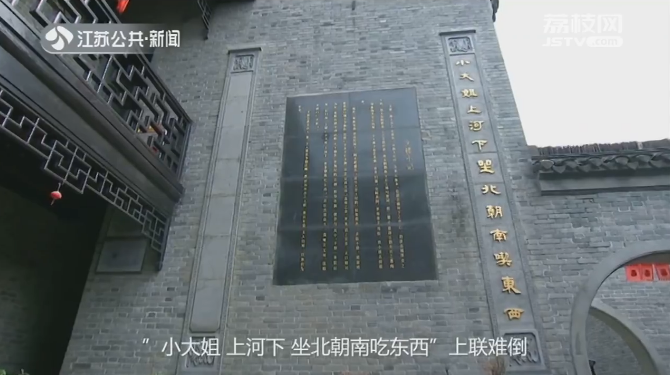
Hexia ancient town guangIt was published in Ming and Qing dynasties.67Famous Jinshi,123Celebrity,twelveFamous Hanlin,It can be said that literati and poets have gone out of the river.Wu Cheng’en, a great writer in ancient China, was born under the river.
Former residence of Wu Cheng’en
There are many historical sites in Hexia ancient town, including a large number of well-preserved former residences of celebrities and century-old shops.In the meantime, interesting explorations can be found everywhere.For example, this poem and bamboo painting in Wu Cheng’en’s former residence, can you see the Tibetan poems in it?
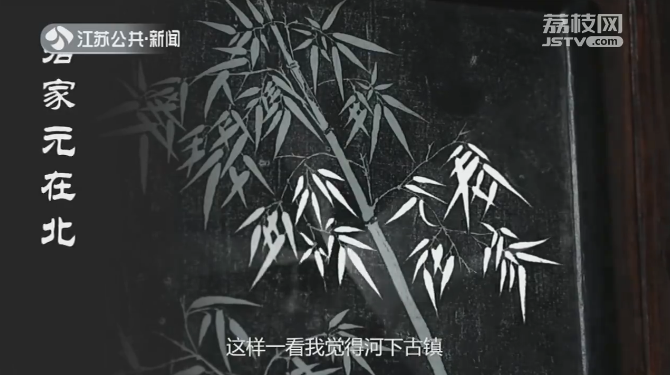
Seeing is believing,Take a stroll here, and you will surely understand why there are here."Millennium Grand Canal Cultural Ancient Town"Praise.
The second stop, the famous garden, has a blend of heaven and earth and Qing Yan Park.
Qing Yan Park isThe only preserved yamen garden in China’s water transportation history,There are already600It has a history of many years, which is different from the private salt merchant gardens in Suzhou, Yangzhou and other places. It representsGuanjia gardenIt is also inseparable from the history and culture of the Grand Canal.Known as“Since ancient times, Jianghuai first garden".
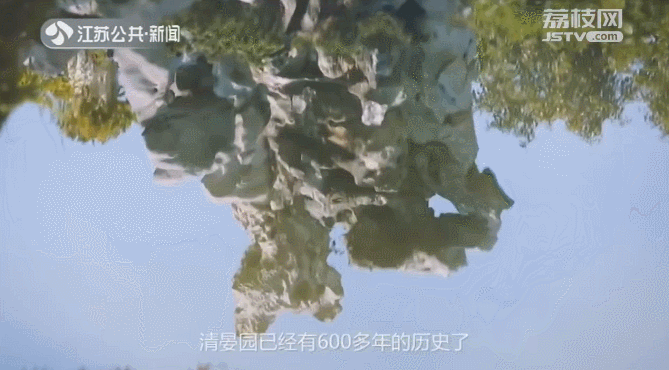
Qing Yan Park asBack garden of the governor’s department of riverway,Designed for harnessing the river.Clear, meaning clear water and clear river; Yan, on the other hand, represents the meaning of calm and peace, which means he Qing hai Yan. In ancient times,Qing Yan Park is the highest water conservancy institution in China, which governs the Yellow River, Huaihe River and Canal.
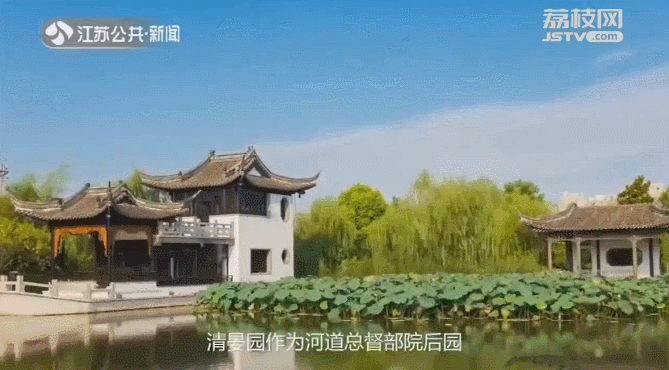
Qing Yan Park embodies the cultural customs of the canal everywhere. There are both the architectural layout of the northern gardens and the rockery flowers and trees in the southern gardens. Especially the representative buildings in the garden.Hefang Academy was twice used as the palace of Emperor Qianlong.
The couplets on Hefang Academy, "A famous garden has a different world, and an old tree doesn’t know its age", seem to tell an old story.
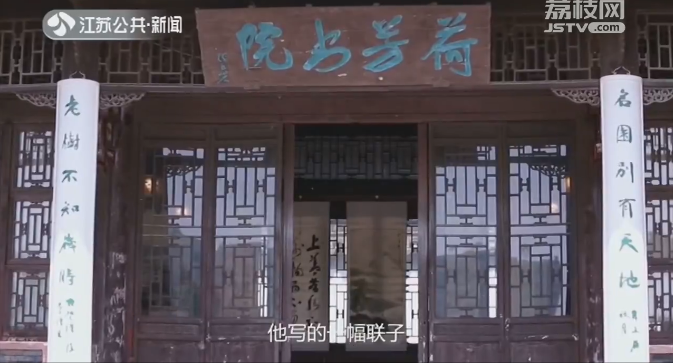
Qing Yan Park reached its peak in Qing Dynasty, and its fame and status were far from that of Su Yang’s private gardens. The light area is more than twice that of Yangzhou Garden. No wonder Emperor Qianlong visited several times. A Qing Yan Park is even more representative.Half the history of Huai ‘an City.

In fact, Emperor Qianlong visited Jiangnan six times, not only for fun, but also to inspect the river management of water transport. Where Qing Yan Park is locatedRiver governor’s officeAs the highest water conservancy institution in the country at that time, it wasA must-see for emperor Qianlong.
Zhi shui Yu Bei yuan
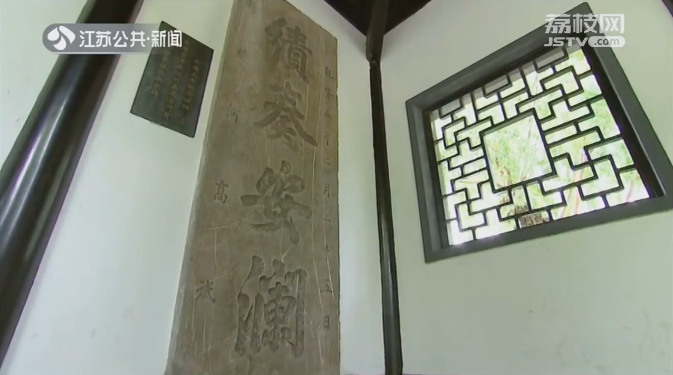
In the Water Conservancy Imperial Monument Garden,It is still preserved today14A piece of imperial tablet given by the Qing emperor,Among them, the Qianlong Emperor Yubei13Block, Daoguang Emperor Imperial MonumentoneBlock,The recipients are all successive river governors.. Walking in the garden, savoring these historical sites,You can still feel itthis“Jianghuai first garden"The thick history ofAnd beautiful scenery.
The third stop is to explore the secret that Huaiyang cuisine is famous all over the world.
When you arrive in Huai ‘an, how can you not taste authentic Huaiyang cuisine? Huaiyang cuisine is not only delicious, but also has a long history..Before exploring delicious food, let’s go first.China Huaiyang Cuisine Culture MuseumPast lives, who knows Huaiyang cuisine.
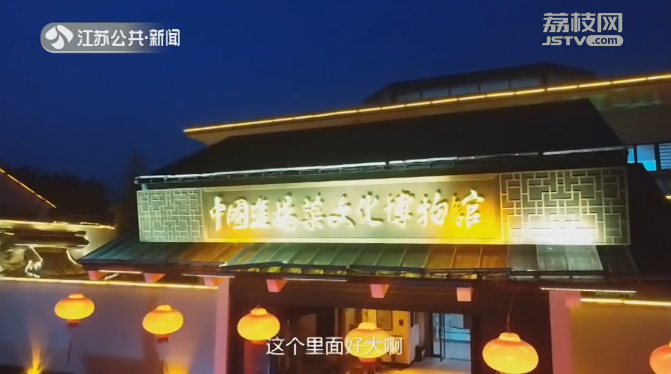
In Huai’ an history, becauseThe Yellow River, Huaihe River and Canal meet in Huai ‘an.,The Grand Canal brings flavors from all over the country to Huai ‘an,It laid a good foundation for the final formation of Huaiyang cuisine. From the pastThe chef of Huaiyang cuisine has only mastered one or two dishes in his life.Even generations have passed on a dish and studied the taste to the extreme. No wonder Huaiyang cuisine is unique and famous all over the world!
Today, let’s take a look at the three most classic Huaiyang dishes with Xiaobian:
Pingqiao tofu soup
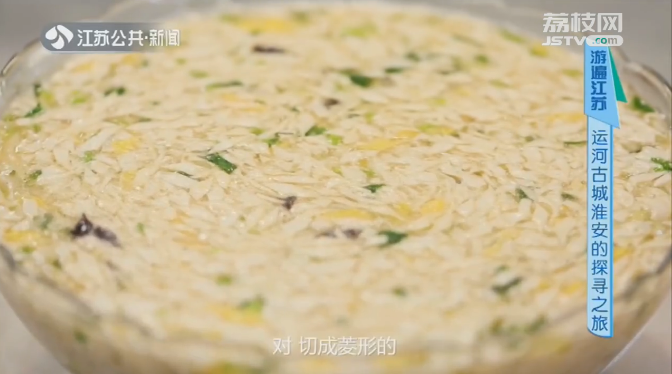
Tofu made from canal water, soup made from fat chicken, and fresh crucian carp brain … … Wow, there are so many articles about little tofu. Just the sound makes people drool. It’s so delicious on earth that you must feast your eyes when you come to Huai ‘an!
Soft-pocked long fish
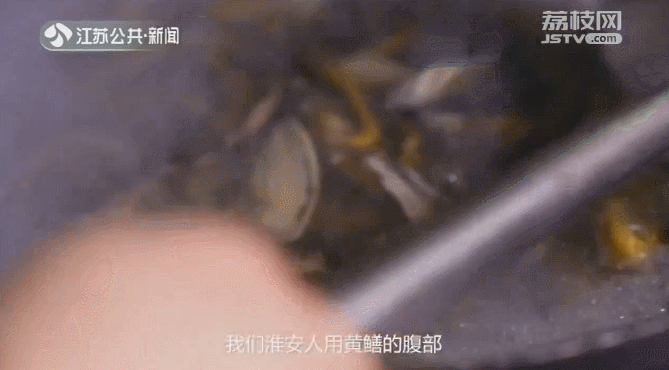
Huai’ an people are best at making long fish, and they can do it just by using Monopterus albus as the main ingredient108All-eel seats for all courses! Awesome!
Kai yang Pucai
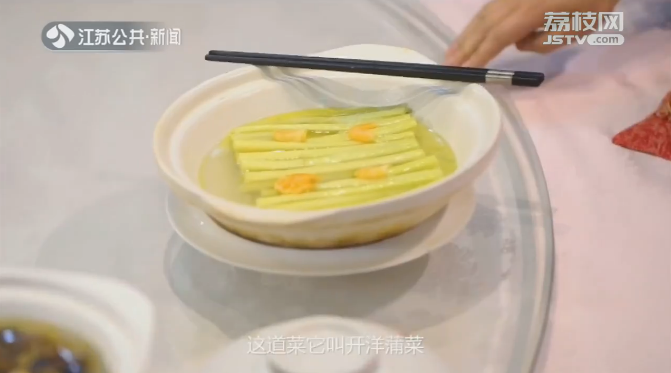
One side of the soil and water raises one side of the people, and Huai’ an people like to eat Pu Cai, also called Jin Cai. In the Southern Song Dynasty, Liang Hongyu, a heroine, and Han Shizhong, her husband, dug up the roots of Typha latifolia for soldiers to eat in order to fight against the nomads from Huai ‘an, and finally defeated the nomads from Huai ‘an. In order to commemorate Liang Hongyu and Han Shizhong, Huai ‘an people called Pu Cai an anti-golden dish. Pu Cai tastes very delicate, so Huai ‘an people also call it Huai bamboo shoots.
The fourth stop "Dou E Yuan" originally happened here.
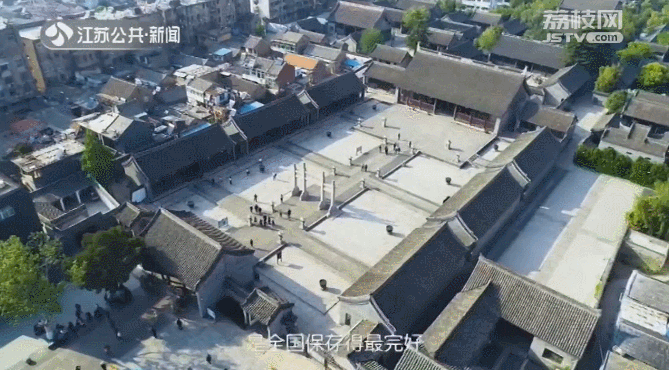
Huaian government officeIt is the best preserved in the country and is alsoThe only existing government building along the Grand Canal.. Well, there is650For many years, so, if you want to feel the rich history of Huai ‘an, you can’t miss it here.
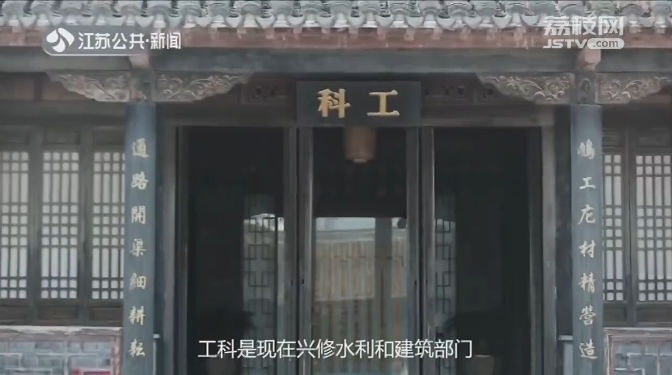
Right in front of the government office is the purlin.On its east and west sides, it corresponds to six families of six departments in Beijing.. On the east is Wensanke, and on the west is Wusanke.
Huai ‘an government office was founded in Yuan Dynasty.. You may not think that Guan Hanqing, a famous dramatist, wrote a famous play through the ages.dou e yuanThe story happened here!
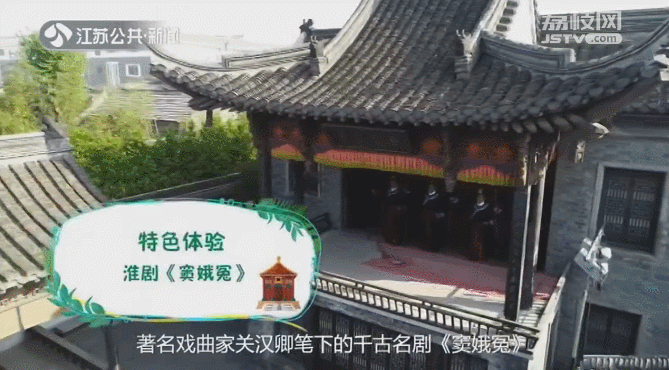
China Water Transport Museum
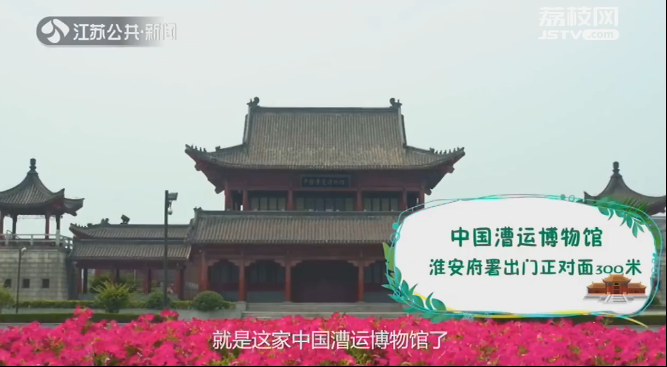
It’s 300 meters away from Huai ‘an government office.China Water Transport Museum,What kind of stories will it bring us about Huai ‘an and the Canal?
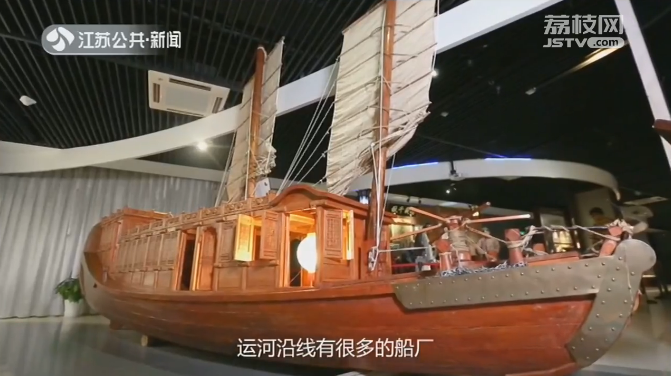
During the Ming and Qing Dynasties, there were many shipyards along the canal, which could produce more than 10,000 tankers a year. Especially the shipyards in Huai ‘an area,Represented the highest technical level along the canal at that time., it reached a year.18One-third of the shipbuilding capacity of a canal city, so Huai ‘an was also the largest canal tanker manufacturing center in China at that time.The top shipbuilding skills in China are in Huai ‘an.
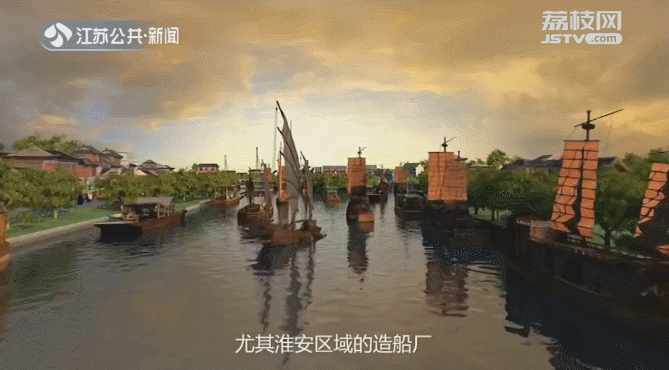
be exactly; preciselyBecause Huai ‘an plays an important role in grain transportation and shipbuilding, it has been built.Known as the capital of Cao,It is also known as the four major cities along the canal, together with Yangzhou, Suzhou and Hangzhou.
The fifth stop is boating, the lights on both sides of Shili Canal.
The Beijing-Hangzhou Grand Canal is divided into seven sections and flows through it.fiveMajor provinces and cities, Hebei, Tianjin, Shandong, Jiangsu, Zhejiang,Every city that flows through has a name that belongs to that section.This section from Huai ‘an to Yangzhou is called.Li canal. Huai ‘an is the capital of the Canal. If you haven’t visited the Li Canal at night, you haven’t been to Huai ‘an.
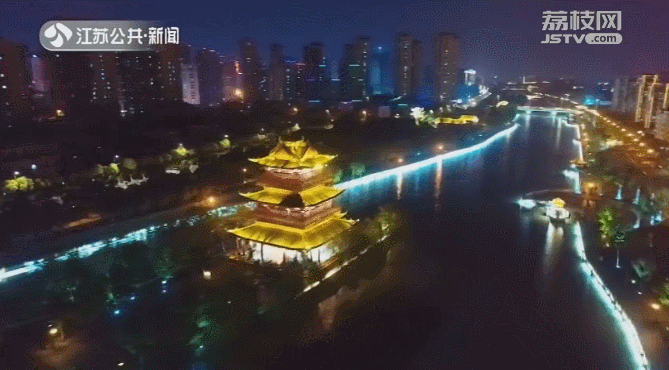
The most prosperous time here is the Ming and Qing Dynasties. During the peak season of grain transportation, there are many grass boats densely arranged on this river, and 100,000 Cao troops gather here to escort the grass boats, which also creates the prosperity of the ten-mile long street of the Canal and promotes the commercial development of Huai ‘an. At that time, there were more than 600 businesses with business licenses on Shilichang Street!
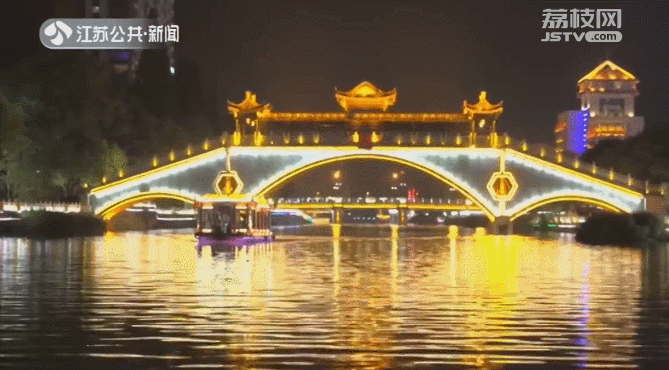
Pubs, teahouses, inns, row upon row. Lights are shining, and the water waves are long. When Emperor Kangxi went down to the south of the Yangtze River, he stayed here."The red light is ten miles full of sails, and the wind sends the boat to play music."Such a poem.
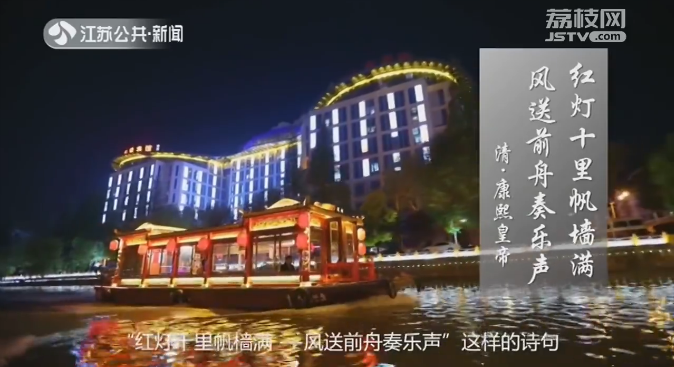
Qingjiang sluice Yongle built in Ming dynasty13Year,1415Years.
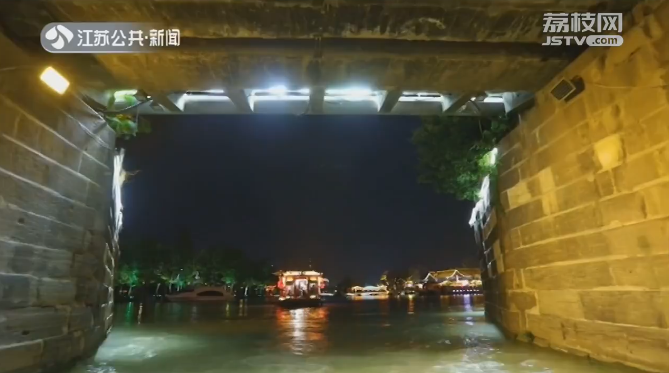
The Qingjiang sluice on the Li Canal isHeavyweight scenic spots and the walls of the sluice were all left in those years.At that time, the Qingjiang sluice was used to control the flow of the Li Canal and adjust the water level, so as to ease the turbulent river and make the water transport vessels pass smoothly. The sluice has experienced wind and rain, like the wall on the canal, silently guarding this canal that spans thousands of years. Ships from the south to the north gather and circulate here, and only then can there be a granary in the world and a civilization with a blend of north and south.
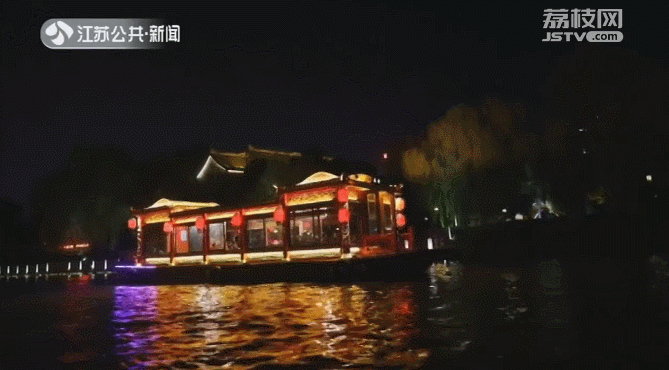
"South Boat North Horse Club Huai ‘an, full of neon nights." Wandering in the scenery of the Li Canal, you can enjoy the unique charm of the ancient city "Sailing on the blue waves and people in Traveling in a pictorial world". In this ancient city with water as its soul, people are closest to the Grand Canal, because it is heavy, because it is quaint, and because it breeds the charm spirit of Huai’ an … …
The complete version of the fourth episode of "Traveling around Jiangsu" is presented! Poke the video to get more exciting ↓ ↓ ↓
(Manuscript and video source: Editor of Jiangsu Guangdian Rong Media News Center/Zhang Quanquan)